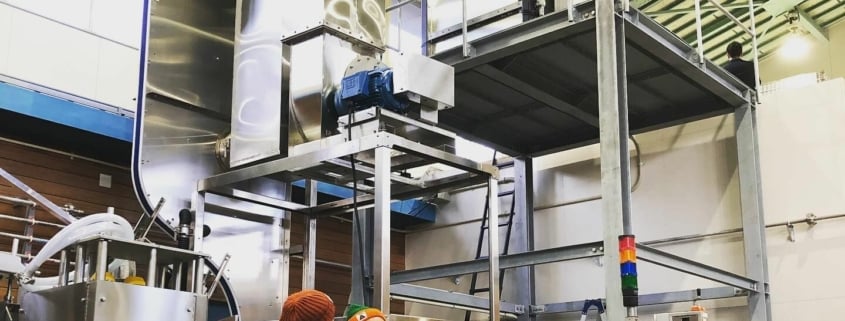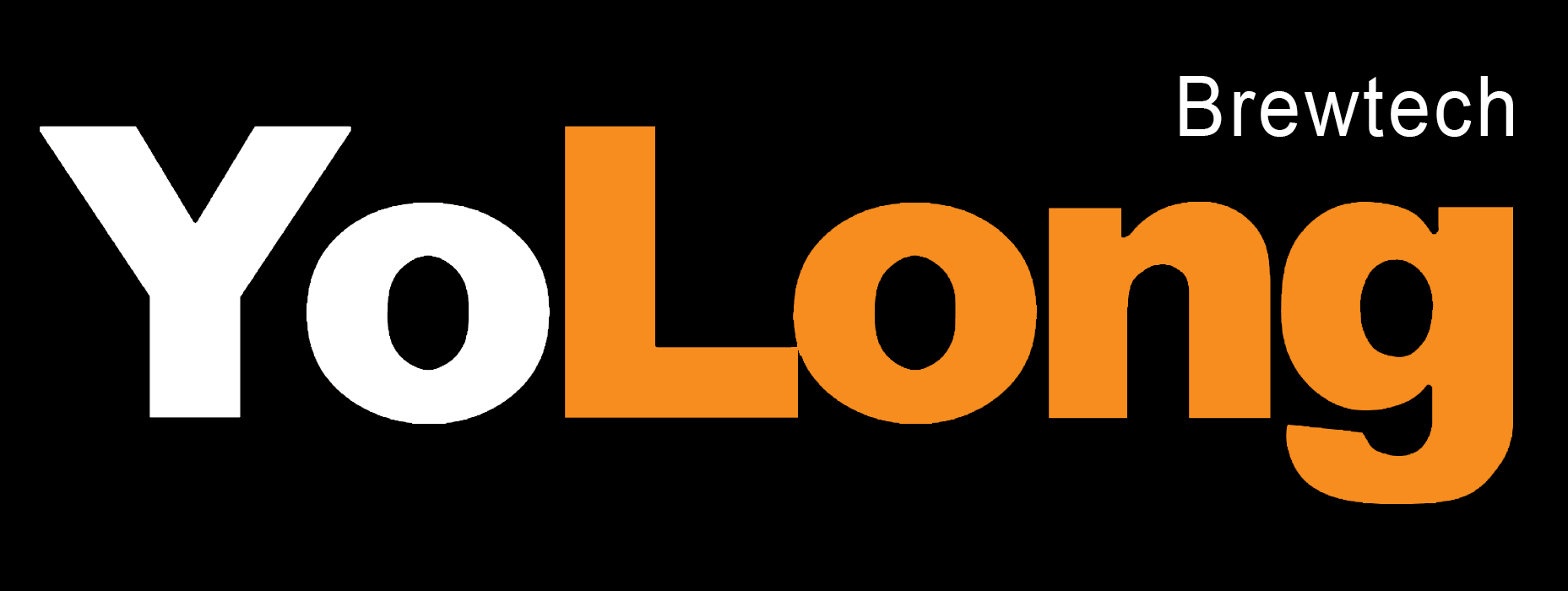1 BBL Brewing System: Small Breweries & Homebrewers
Overview of a 1 BBL Brewing System
For aspiring craft brewers and small-scale commercial operations, a 1 BBL (barrel) brewing system is a popular choice. It strikes a balance between affordability, space efficiency, and production capacity. One barrel equals 31 gallons (approximately 117 liters), making it ideal for small brewpubs, experimental batches, or startup breweries.
This system provides a great entry point into the brewing industry, allowing brewers to hone their skills, test recipes, and gauge market demand without a massive investment.
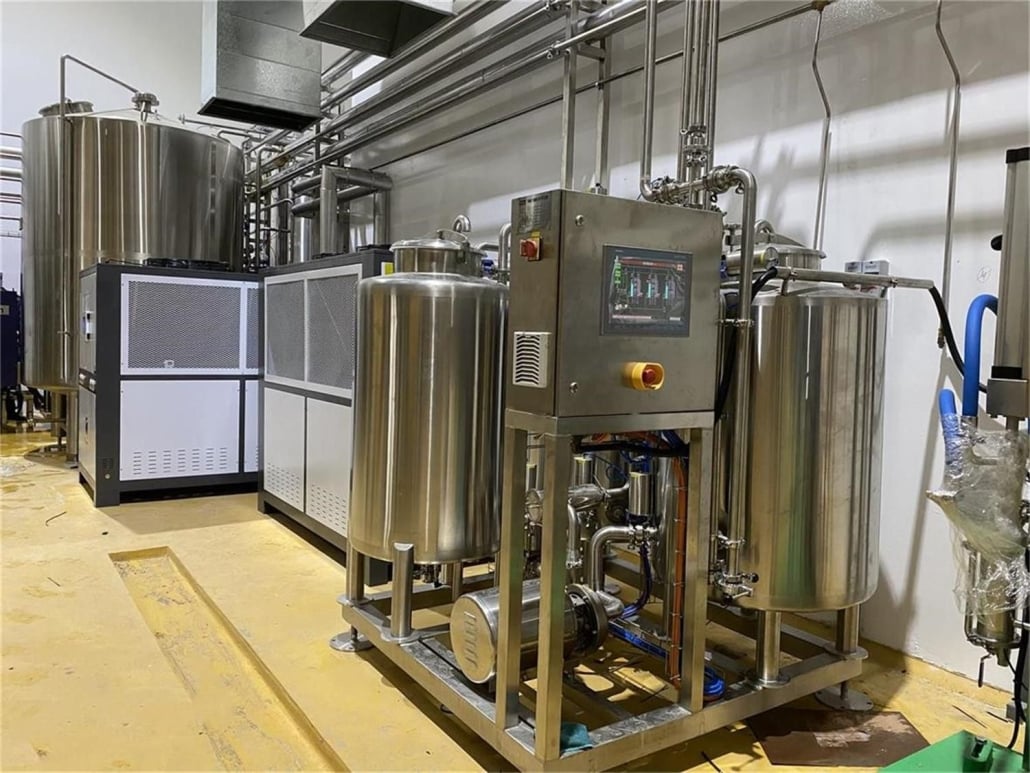
What is a 1 BBL Brewing System?
A 1 BBL brewing system is a small-scale brewing setup designed for producing 31 gallons of beer per batch. It consists of essential brewing equipment such as a mash tun, brew kettle, hot liquor tank, fermenters, and associated piping and controls.
This system size is favored by:
- Homebrewers transitioning to commercial brewing.
- Small brewpubs needing limited production.
- Experimental breweries testing new recipes before scaling up.
- Businesses focusing on hyper-local or niche craft beer markets.
Benefits of Using a 1 BBL Brewing System
1. Cost-Effective for Startups
A 1 BBL system offers a low entry cost compared to larger systems, making it a great option for new brewers testing the market before committing to high-volume production. Equipment costs typically range from $5,000 to $25,000, depending on features and automation.
2. Compact and Space-Efficient
With limited space requirements, a 1 BBL system can fit in a garage, basement, or small brewpub without major renovations. Unlike large-scale systems requiring dedicated brewing facilities, this size is manageable for small spaces.
3. Ideal for Experimentation and Small-Batch Brewing
For craft brewers focused on unique flavors and innovation, a 1 BBL system allows for frequent recipe testing and small-scale production without excessive costs or waste.
4. Scalability and Business Growth
Many breweries start with a 1 BBL system and scale up production over time. Once demand grows, brewers can transition to a larger system while using the 1 BBL setup for limited-edition or seasonal brews.
5. Easier to Operate and Maintain
A smaller system is easier to manage, with simplified cleaning, maintenance, and ingredient sourcing. It also requires fewer personnel, making it suitable for solo brewers or small teams.


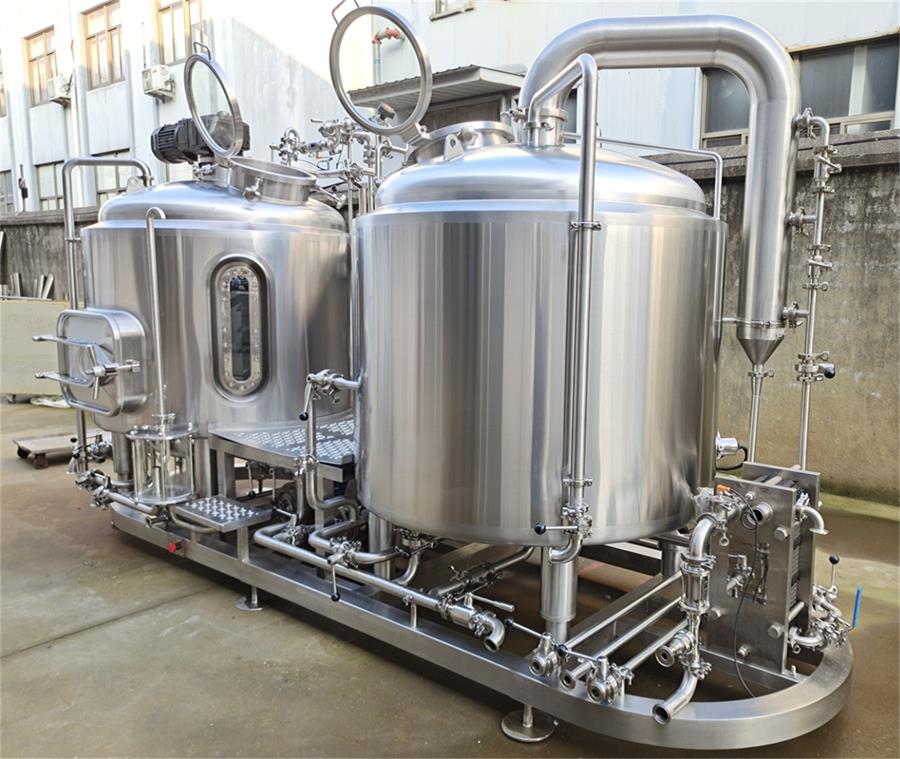
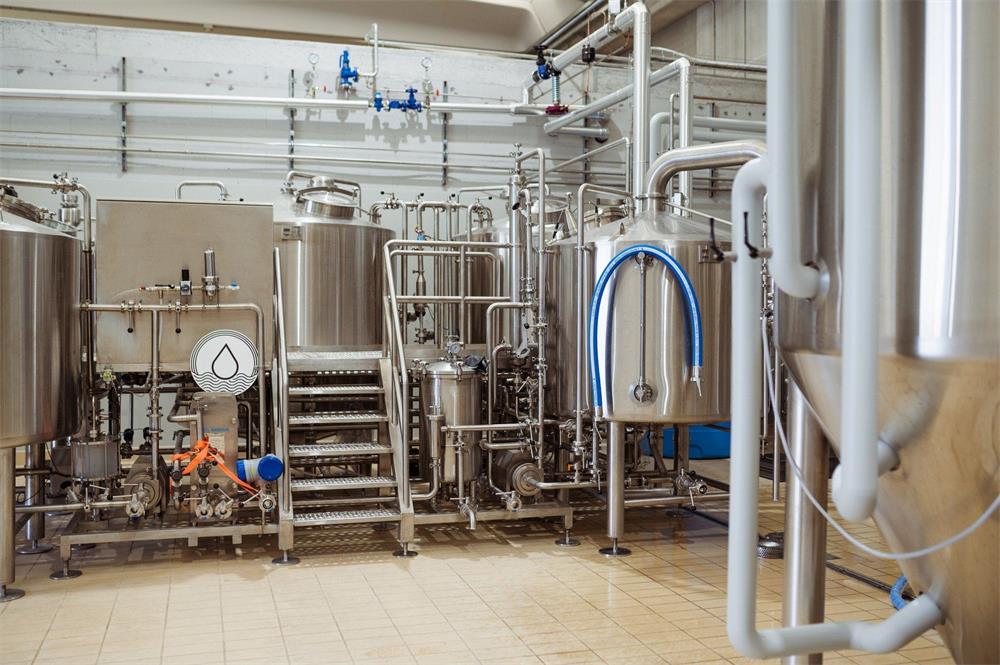
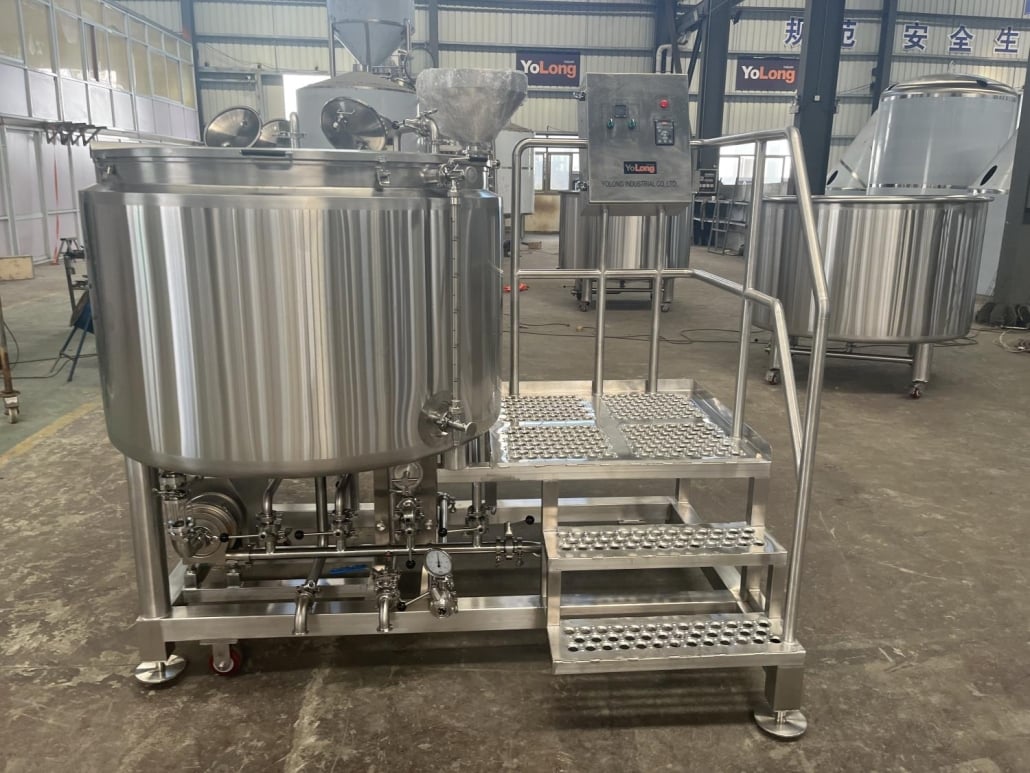
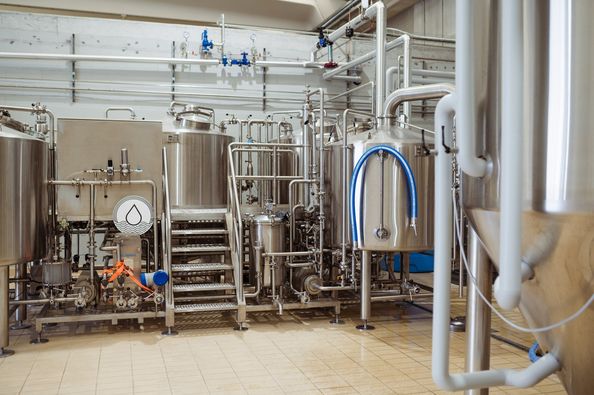
Key Components of a 1 BBL Brewing System
A complete 1 BBL brewing setup consists of several key components that work together to produce beer efficiently. Understanding these elements will help you choose the right system for your needs.
1. Mash Tun
- Purpose: Converts starches into fermentable sugars.
- Features: Insulated, false bottom, and recirculation system.
- Material: Stainless steel for durability and heat retention.
2. Brew Kettle
- Purpose: Boils the wort and adds hops.
- Features: Sight glass, whirlpool function, and steam venting.
- Power Source: Electric, direct-fire gas, or steam heating.
3. Hot Liquor Tank (HLT)
- Purpose: Heats and stores hot water for mashing and sparging.
- Features: Precise temperature control and recirculation pump.
4. Fermenters
- Purpose: Holds and ferments beer.
- Features: Conical shape, temperature control, and pressure relief valve.
- Size: Typically 1 BBL to 2 BBL for flexibility in production.
5. Wort Chiller
- Purpose: Rapidly cools wort before fermentation.
- Type: Plate chillers or immersion chillers.
6. Control Panel
- Purpose: Regulates temperature, pump speed, and automation.
- Features: Digital readouts and programmable settings.
7. Pumps and Hoses
- Purpose: Transfers liquid between brewing vessels.
- Features: Food-grade materials, high-temperature resistance.
How to Choose the Best 1 BBL Brewing System
| Factor | Details |
|---|---|
| Power Source | Choose between electric, gas, or steam heating based on efficiency and cost. |
| Automation Level | Decide between manual, semi-automated, or fully automated systems. |
| Material Quality | Opt for 304 stainless steel for durability and sanitation. |
| Space Availability | Ensure the system fits within your brewery or brewpub layout. |
| Scalability | Consider expansion options for future growth. |
| Budget | Set a budget including installation, accessories, and long-term costs. |
| Supplier Reputation | Buy from trusted manufacturers with warranties and support. |
Setting Up Your 1 BBL Brewing System
Installing a 1 BBL brewing system requires careful planning. Consider:
- Space Requirements: Ensure at least 100-200 sq. ft. for brewing operations.
- Electrical & Gas Supply: Verify power and fuel compatibility.
- Ventilation & Drainage: Install proper steam vents and floor drains.
- Water Supply & Filtration: Use filtered water to improve beer quality.
- Permits & Licensing: Obtain necessary brewery permits before starting.
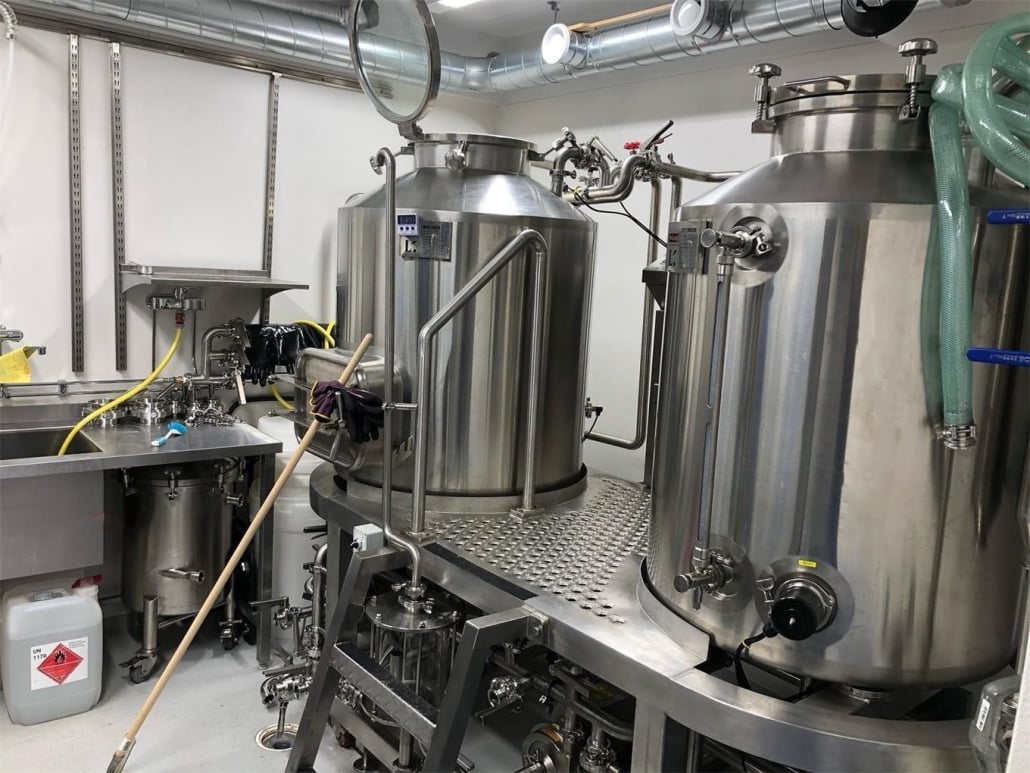
Tips for Brewing with a 1 BBL System
- Optimize Efficiency: Maintain proper mash temperatures for maximum sugar extraction.
- Monitor Fermentation: Use temperature-controlled fermenters to avoid off-flavors.
- Water Chemistry: Adjust pH levels for different beer styles.
- Sanitization: Clean all equipment thoroughly to prevent contamination.
- Consistent Record-Keeping: Track recipes, temperatures, and yeast performance for repeatability.
FAQs
| Question | Answer |
|---|---|
| How much beer does a 1 BBL system produce? | Around 31 gallons (117 liters) per batch. |
| What’s the cost of a 1 BBL brewing system? | Prices range from $5,000 to $25,000, depending on features. |
| Can I scale up from a 1 BBL system? | Yes, you can expand by adding fermenters or upgrading to a larger system. |
| What’s the best power source for a 1 BBL system? | Electric is efficient for small spaces, while gas/steam is faster for larger setups. |
| Is a 1 BBL system suitable for a commercial brewery? | Yes, for small taprooms, pilot batches, and experimental brews. |

